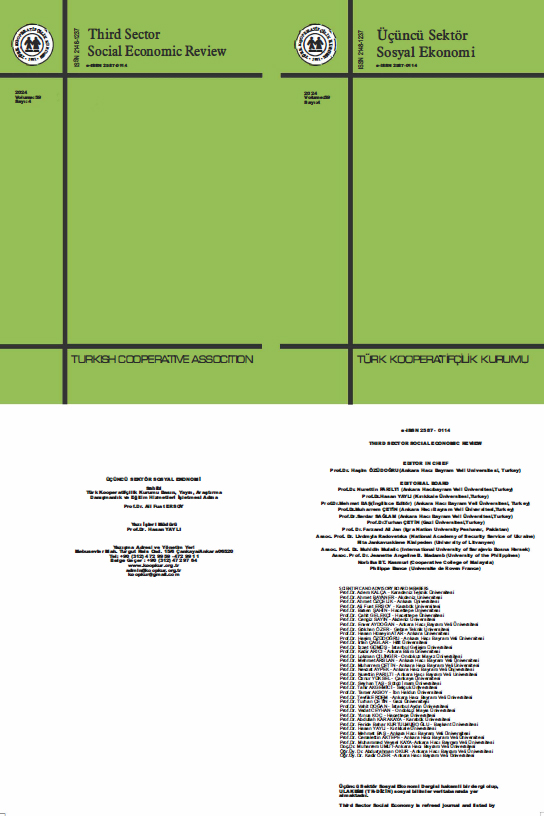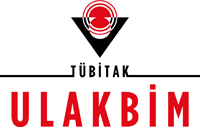Yıl: 2024 Cilt: 59 Sayı: 4 Sayfa: 2884-2901
doi: 10.15659/3.sektor-sosyal-ekonomi.24.12.2528
PORTER'IN 5 GÜÇ MODELİ EKSENİNDE REKABET GÜCÜ ANALİZİ: ÇORUM İMALAT SANAYİ ÖRNEĞİ
SABİHA KILIÇ, DENİZ AYTAÇ
Rekabet gücü kavramı uluslararası ticaret, ihracat ve dış ticaret dengesini sağlama yeteneğinin yanısıra bir ülkenin gelir ve istihdam düzeyini artırabilme ve yaşam kalitesini de kapsar. Bu geniş tanım içinde Porter(1990) rekabet gücü kavramının piyasa segmentlerini, farklılaştırılmış ürünleri, teknoloji farklılıklarını ve ölçek ekonomilerini dikkate alacak şekilde uluslararası rekabeti geniş bir yelpazede ele alınmasını önerir. Bu kapsamda mikro düzeyde(firma, endüstri) rekabet gücünü sektörün yarattığı ekonomik değerin nasıl bölündüğü, ne kadarının sektördeki şirketlerin elinde bulunduğu ne kadarının müşterilerin ve tedarikçilerin pazarlıklarına ayrıldığı, ikamelerle sınırlandırıldığı ya da potansiyel yeni girişimciler tarafından ele geçirildiği belirler. Çalışmada, Porter’ın (1) müşteriler, (2) ikame ürünler (3) yeni girişimler (4) tedarikçiler ve (5) firmalararası rekabet olmak üzere beş rekabet gücünün Çorum İli İmalat Sanayi rekabet gücü üzerinde etki düzeylerinin incelenmesi amaçlanmıştır. Yapılan analizlere göre, Porter'ın 5 güç modelinde yer alan faktörler ile Çorum imalat sanayinde faaliyet gösteren işletmelerin rekabet gücü arasında pozitif bir ilişki olduğu sonucuna varılmıştır. Bulgulara göre Çorum ili imalat sanayi sektörünün rekabet gücü üzerinde sırasıyla Faktör 1: Firmalararası Rekabet α=0,835, Faktör 2: Yeni Girişimler α=0,762, Faktör 3: Müşteriler α=0,834, Faktör 4: İkame Ürünler α=0,677 ve Faktör 5: Tedarikçiler α=0,765 etkiye sahiptirler.
Anahtar Kelimeler (Keywords): Rekabet, Rekabet gücü, İmalat Sanayi, Porter'ın 5 Güç Modeli , KOBİ
COMPETITIVENESS ANALYSIS ON THE AXIS OF PORTER'S 5 FORCES MODEL: THE CASE OF CORUM MANUFACTURING INDUSTRY
The ability of a country to increase its income, employment level and quality of life is expressed by the concept of competitiveness. This concept also involves the ability to balance international trade, exports and foreign trade. Within this broad definition, Porter (1990) suggests that the concept of competitiveness should be considered in a wide range of international competition, taking into account market segments, differentiated products, technology differences and economies of scale. In this context, competitiveness at the micro level (firm, industry) is determined by how the economic value created by the sector is divided, how much is in the hands of the companies in the sector, how much is reserved for bargaining with customers and suppliers, limited by substitutes or captured by potential new entrepreneurs. The study aims to examine the impact levels of Porter's five competitive forces which are (1) customers, (2) substitute products, (3) new ventures, (4) suppliers and (5) inter-firm competition on the competitiveness of the manufacturing industry in Çorum. According to the analyses, it is concluded that there is a positive relationship between the factors in Porter's 5 forces model and the competitiveness of the companies operating in the manufacturing industry in Çorum. According to the results, Factor 1: Intra-firm competition α=0.835, Factor 2: New entrants α=0.762, Factor 3: Customers α=0.834, Factor 4: Substitutes α=0.677 and Factor 5: Suppliers α=0.765 have an effect on the competitiveness of the manufacturing industry in Çorum.
Anahtar Kelimeler (Keywords): Competition, Competitiveness, Manufacturing Industry, Porter’s 5 Forces Model, SMEs.
Tam Metin 102











